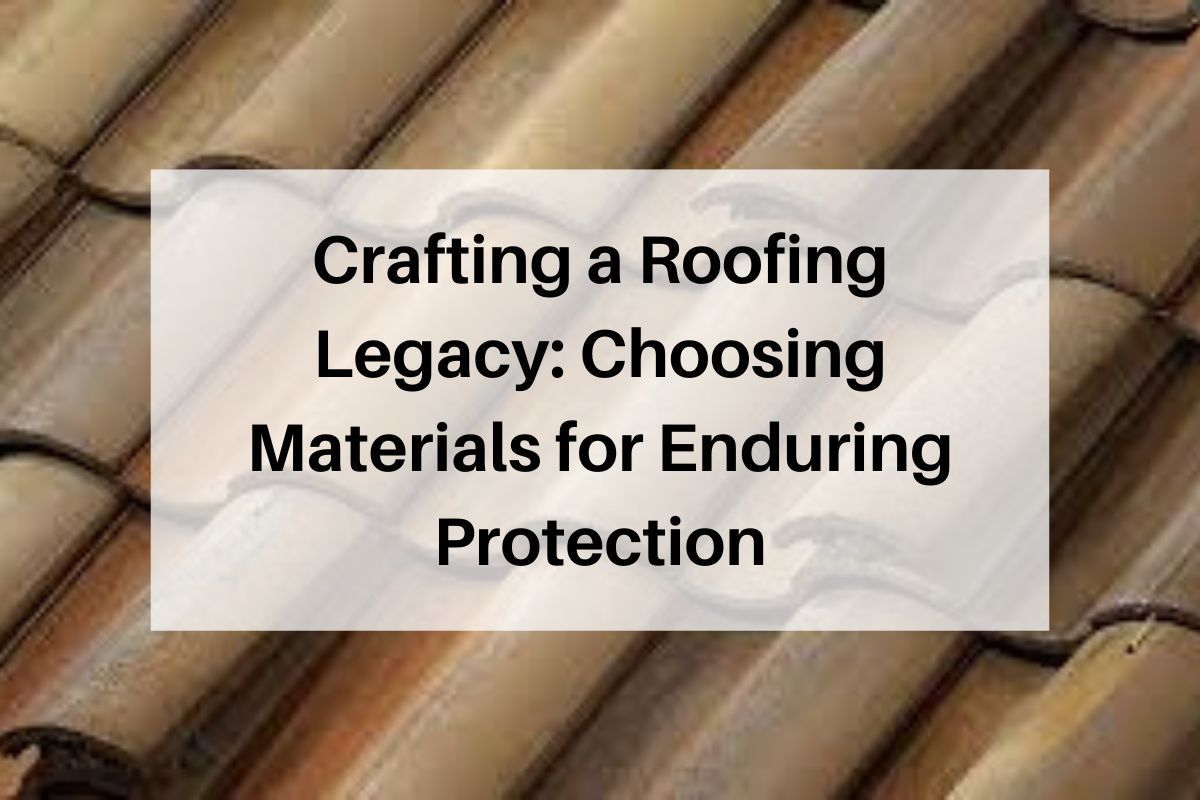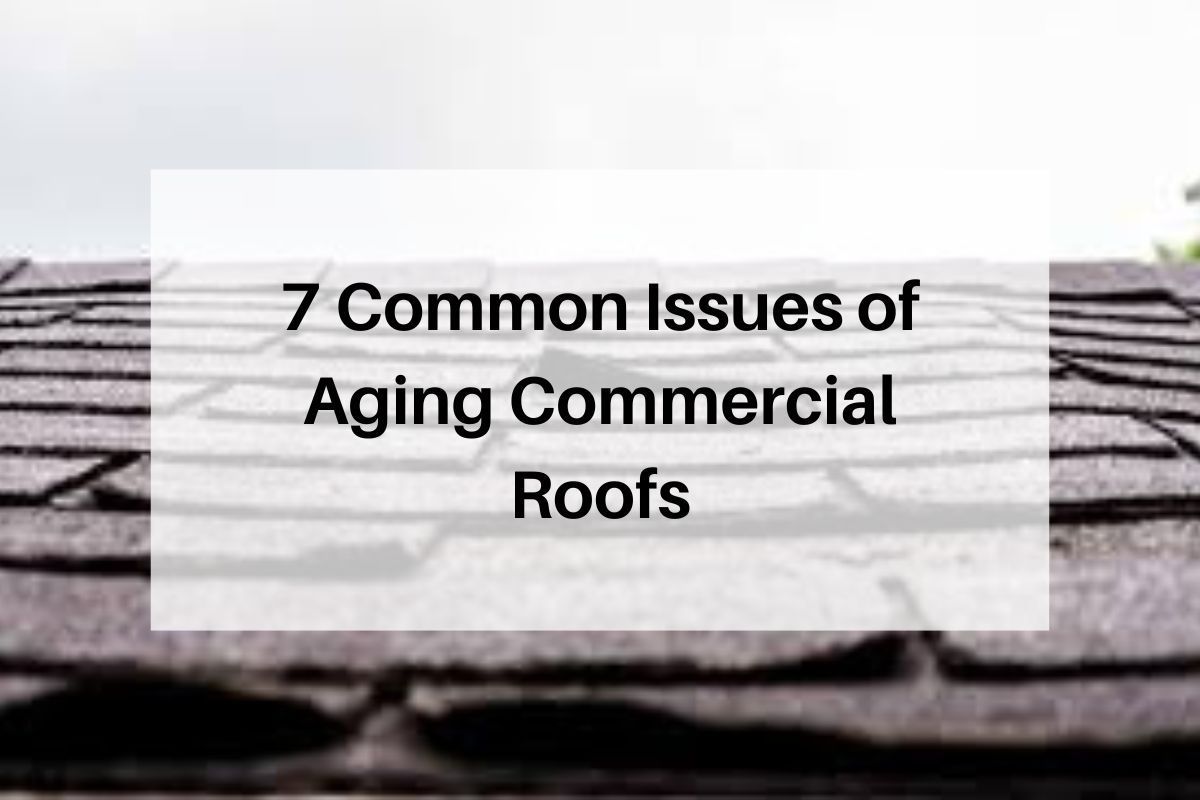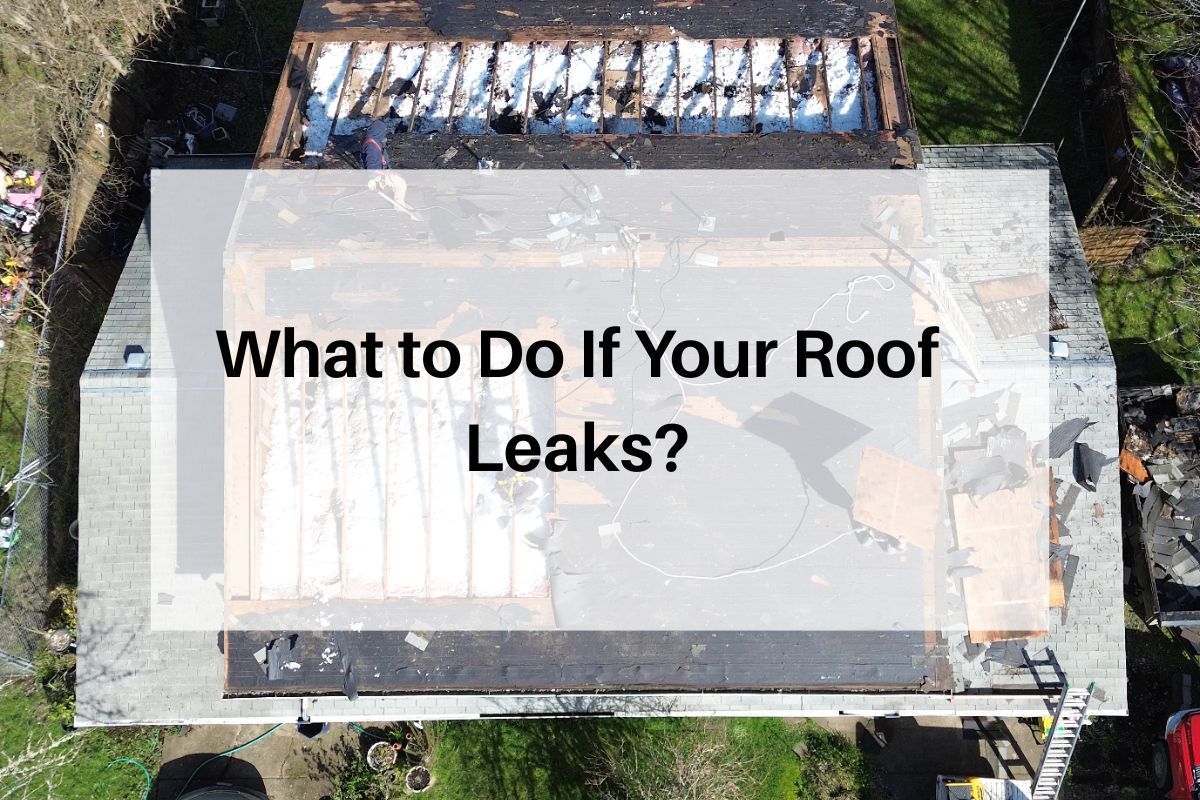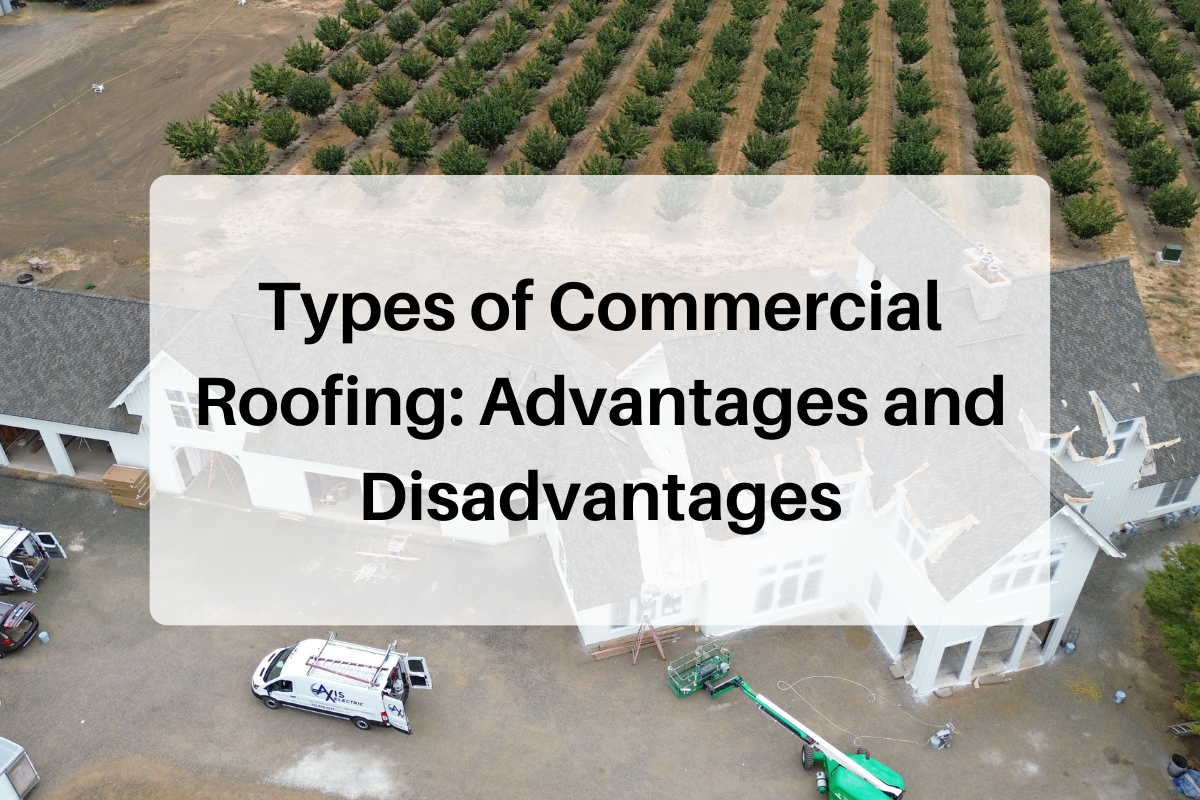Crafting a Roofing Legacy: Choosing Materials for Enduring Protection
A roof is more than a mere shelter; it's a steadfast guardian against the elements, a shield that stands the test of time. When embarking on the journey of selecting the ideal roofing material, considerations of durability and longevity take center stage. The endurance of a roof is influenced by an intricate interplay of factors, including materials, climate, installation quality, and regular maintenance.

In this exploration, we dive into the realm of roofing longevity, unraveling the mystery behind the question: What kind of roof lasts the longest? We navigate through the characteristics of various roofing materials, unveil the secrets to crafting a resilient roof, and empower you to make choices that endure as steadfastly as the roofs themselves.
Factors Shaping Roof Longevity
The lifespan of a roof is a delicate dance between the quality of the roofing material and a range of other factors. Understanding these key elements is essential for informed decision-making and ensuring the enduring protection of your home:
- Climate Conditions: The local climate plays a pivotal role in determining the lifespan of a roof. Tailoring materials to withstand the specific weather conditions of your region is crucial.
- Proper Installation: The quality of installation is as vital as the materials themselves. Properly installed roofing ensures longevity and optimal performance.
- Material Quality: The inherent strength and resilience of roofing materials significantly impact how well a roof weathers the passage of time.
- Regular Maintenance: Regular inspections and maintenance are essential for identifying and addressing minor issues before they escalate.
- Roof Design and Slope: The design and slope of the roof influence water runoff and, consequently, the longevity of the roofing materials.
- Ventilation and Insulation: Adequate ventilation prevents issues like condensation and moisture buildup, safeguarding the integrity of your structure.
- Local Environmental Factors: Understanding local environmental factors allows for tailored decisions that enhance the longevity of your roof.
Durable Roofing Materials
Choosing the right roofing material is a pivotal decision, and durability is a key criterion. Let's explore some of the most durable roofing materials known for their ability to withstand the test of time:
Metal Roofs
- Steel: Renowned for strength and durability, steel roofs resist corrosion and withstand harsh weather conditions.
- Aluminum: Lightweight and corrosion-resistant, ideal for coastal areas.
- Copper: Resistant to corrosion and ages beautifully, developing an attractive patina over time.
- Zinc: Known for self-healing properties, enduring scratches and dents.
Tile and Slate Roofs
- Clay Tiles: Durable, fire-resistant, and thermally efficient.
- Concrete Tiles: Versatile and durable, offering longevity and mimicking traditional materials.
- Natural Slate: Unparalleled in durability, providing an elegant and timeless aesthetic.
Wooden Roofing Options
- Cedar Shake: Natural resistance to insects and decay, offering a rustic and charming look.
- Cedar Shingle: Similar to shake but cut thinner, providing durability with proper maintenance.
Concrete Roofing
- Reinforced Concrete: Durable and fire-resistant, capable of withstanding severe weather conditions.
- Concrete Tiles: Low-maintenance and durable, available in various styles and colors.
Local Climate Considerations
The choice of roofing material is intricately tied to the local climate. Consider these climate factors for a resilient and enduring roof:
- Temperature Extremes
- Precipitation Levels
- Wind Resistance
- Humidity and Mold
- Sun Exposure
- Severe Weather Events
- Local Building Codes
By considering these factors along with the advantages of different roofing materials, homeowners can make informed decisions aligned with the unique challenges of their geographic location.
Maintenance Tips for Long-Lasting Roofs
Regular maintenance is the cornerstone of a long-lasting roof. Here are some tips to ensure your roof stands the test of time:
- Periodic Inspections: Identify and address minor issues before they escalate.
- Debris Removal: Clear leaves and branches to prevent water buildup and potential damage.
- Professional Cleanings: Remove moss, algae, and contaminants for a well-maintained roof.
- Prompt Repairs: Repair or replace damaged components promptly to maintain the roof's integrity.
- Ventilation: Ensure proper attic ventilation to regulate temperature and prevent moisture buildup.
- Trim Overhanging Branches: Minimize abrasion and reduce the risk of falling debris.
Conclusion
The longevity of a roof is a multifaceted consideration, influenced by materials, climate, and maintenance. By choosing durable materials tailored to local conditions and implementing regular upkeep, homeowners can safeguard their investments. A well-maintained roof not only endures the years but ensures enduring protection for the place we call home.
FAQ
Which roofing material tends to have the longest lifespan?
Metal roofing, particularly options like copper and zinc, is renowned for its exceptional durability, often exceeding 50 years. Proper maintenance can further extend its longevity.
How can homeowners maximize the lifespan of their roof?
Regular inspections, prompt repairs, and adherence to recommended maintenance practices are essential for maximizing the lifespan of any roof. Additionally, choosing a durable material suited to the local climate can significantly contribute to long-term durability.











Share On: